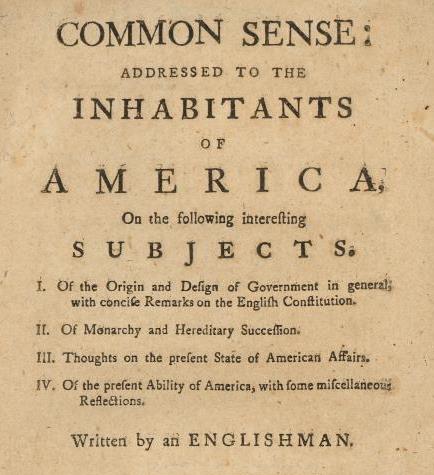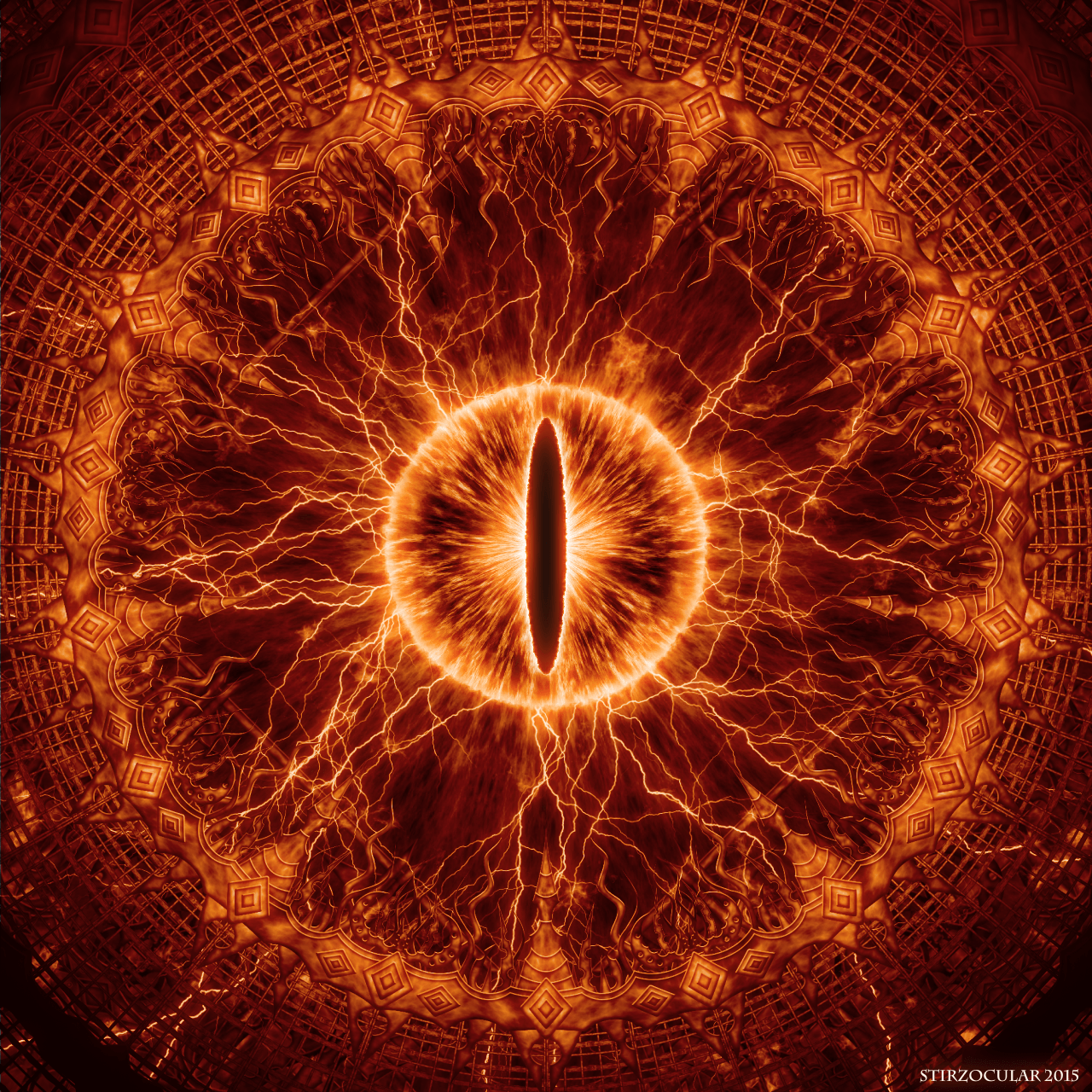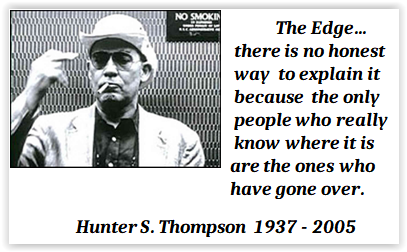Understanding the incorporation of the United States of America.
One of the failings of teaching American History and Civic has been in not recognizing the that the thinking that goes behind the creation of every corporation goes way back before the 1870s, when big-time business wealth really struck in the United States and spawned protective acts by government, on behalf of the people, such as the Sherman Anti-Trust Act.
That protection began in the 1770s when other kinds of corporate wealth ruled.
When Adam Smith wrote The Wealth of Nations in 1774 he was speaking more about the corporate structure of Britain, which, at that time was a worldwide trading conglomerate, and Mercantilism was the ruling business system in a world where local production was well, still local. Oil, lumber, electricity, all the new things American geniuses either invented, or at least made them available to a larger mass market than the several European nations had yet been conceived. (The European Common Market was not put together until 1957…two centuries later.)
And for what it’s worth, that’s a good measuring stick for just how far behind the Europeans were to the Americans even as early as 1778.
In those days people didn’t think in terms of giant corporations with stock-holders and boards of directors, much less giant consortia; giant corporations owning still other large corporations. This became conventional in the 1970s. I know, i worked for one, where I got all the inside-the-system insights I needed.
What marks these modern corporations is that their principal owners and directors never contributed a single day to the products that they own. Someone else did that, often two-three generations earlier. Walt Disney always comes to mind, principally because his creation was unique, in that it was his own creation.
Today Disney owns ESPN (80% stake), Touchstone Pictures, Marvel, Lucasfilms, A&E (50% equity holding with Hearst Corporation), The History Channel (50% equity holding with Hearst Corporation), Lifetime (50% equity holding with Hearst Corporation), Pixar, Hollywood Records, and Vice Media (16% stake). You can see this graphed here showing us that they are a Media Corporation. You saw Hearst Corporation mentioned, and they too are Big Media. Still others conglomerates own television stations and networks, CNN is owned by WarnerMedia, for instance. In fact, all major American news media is owned by just seven (7) corporations. In a pinch none are independent, and all are “of the Left”, which means facts and truth take a back seat to the priorities of their top floor front office.
It’s beginning to dawn on American that these corporate megaliths have gotten too big for their britches. And rumors are swirling that they are conspiring to take over, the New World Order, they call it. My own view is that, considering their general views about ethics, morality, and the state of the common man who works in the factories that they own plus the new “superman” mentality they have adopted about themselves…a most self-destructive self-image, by natural law…that they are as indifferent to the bottom end of their production companies, the 70% who actually do the work, as were the same group of elites who ran the world in 1776. N.S. Lyons calls this “the Physical World vs the Visual World” and the Visual World is clearly in charge now, which, in his mind, this truck showdown in Canada takes on great meaning. (Worth a read.)
We should think our lucky stars that the American colonies were largely Anglo-Saxon, for the thinking that went into the critical documents that made up our new nation, 1776-1787, were not just a product of our better minds, but also our more average minds; our “physical minds”.
If our Constitution was the product of just some greedy landowners, as historian Charles Beard and other progressive-socialists began putting forward in the 1890s, then there would be no way to fix it. Or protect it.
So understanding that process that led to the Constitution is important to know now, for I don’t think it was ever taught any of these things when I was a kid, or even in college.
First came Thomas Paine, January 1776, with “Common Sense”. Second came the Declaration of Independence later that year, by Thomas Jefferson, composed at the Continental Congress in Philadelphia, and signed by 56 delegates, most of whose names you never heard of.
They were joined at the hip, for “Common Sense” was addressed to the ordinary citizens; farmers, shopkeepers, and spoke to issues with government that affected their lives. Just 55 pages, it was read or heard by virtually every adult
These two writings combined, caused the Revolutionary War. Least remembered is “Common Sense”, which should be on your bookshelf. Unlike the Federalist Papers, which I discuss next, it is very easy to read, although I wish some conservative group like Ben Shapiro would commission a 21st Century rewrite.
The human reaction was simple; Paine’s book caused the vast majority of citizens, for all sorts of reasons peculiar to their own circumstances, to notify their delegates sitting in Philadelphia they wanted freedom from the royal yoke of England.
In this manner “Common Sense” caused the Declaration of Independence to be written, and Jefferson’s Declaration caused the Revolution, which brought about our freedom by force of arms in 1782. Then, shortly thereafter, this caused the victorious 13 colonies to send delegates to New York to seal the victory by writing a new Constitution.
So in 21st Centuryn corporate sense, what we are looking at with the US Constitution then, is a corporation that was created by its own shareholders. In New World Order-speak, such an idea is unthinkable, unimaginable. And had never happened..before, or since.
In this context read the “Federalist Papers”, which really were explanations of the “articles of incorporation”, but founded on mutual understanding described in “Common Sense”. It’s almost as if “Federalist Papers” were written for posterity, for it was only written by three men, John Jay, James Madison and Alexander Hamilton, but all under the same sobriquet Publius, so it would be 1818, 30 years later, before anyone know who wrote it. (To top that off, Hamilton, who was killed in 1804 in a gunfight) had laid claim to some of the Numbers that had in fact been written by Madison.
The Federalist Papers were not written for the benefit of the general public, exclusively in New York newspapers, then reposted in other major papers around the country. It was more than an inner-office memo circulated only at the top floor, but still only for a more sophisticate reader, particularly in New York, who was dragging its feet about ratifying the Constitution.
What you need to know, in modern corporate parlance, is that the FP’s were written by three executive insiders, explaining to other executive insiders who would actually wade through the 1000’s of words (who reads more than a few hundred these days?).
The delegates from the 13 states were gathered in New York debating and voting on the actual Constitution, which had its final draft submitted to Congress Sept 17, 1787.
The committee that actually drafted the Constitution (its language) was Madison, Hamilton and Gouverneur Morris, who actually wrote the opening preamble, “We the People of the United States, in order to form a more perfect union…” and that draft was completed September 17, 1787. It was then sent around to the several states for their approval. It required nine (9) states to ratify it. Five did quickly, by January 1788, but it would take four more months to get the other four, (New Hampshire). Virginia and New York were major holdouts, only for different reasons, Virginia being filled with Anti-Federalist sentiment (George Mason and Thomas Jefferson) while New York was simply unsure.
The Federalist Papers began being published in New York in October 1787, through August, 1788. They had little effect on the on-going ratification votes, but played a big role, as something of a “debater’s handbook” (Clinton Rossiter) in New York and Virginia, who finally signed on in June and July, 1788. (The final two states, North Carolina and Rhode Island signed on in Nov 1789 and May 1790.) Although pre-agreed, the Bill of Rights (first 10 Amendments) which provided guarantees Hamilton and other Federalists argued were already “implied” in the main body of the Constitution…and boy are we thankful for that that (it seems Mason and Jefferson and greater insight into the bureaucratic minds of Man than did the Federalists)….were added Dec 15, 1791.
Complete.
So, it’s the state of mind of modern management systems that needs to be reviewed here, within the scope of their intention of taking over a stockheld corporation, created, built and managed by its citizen-stockholders, which, as a law of nature, can brook no hostile takeovers.








 It is said that wisdom is “the quality of having experience, knowledge, and good judgment. “ I am of the opinion that there are far more people in the world that consider themselves "lovers of wisdom" (philosophers) than there are those that actually possess it.
At her founding, the American Nation had already amassed 150 years of " national" wisdom; our first-of-its-kind Nation, built from the bottom up (as opposed to the top-down construction of every previous nation in humankind's history), and the Framers understood that the single-most-important ingredient necessary for her long-term survival was the freedom, liberty, and right to self-determination of the Sovereign Individual of which she would necessarily be comprised.
Join us, or follow along as we take a closer look at these notions.
It is said that wisdom is “the quality of having experience, knowledge, and good judgment. “ I am of the opinion that there are far more people in the world that consider themselves "lovers of wisdom" (philosophers) than there are those that actually possess it.
At her founding, the American Nation had already amassed 150 years of " national" wisdom; our first-of-its-kind Nation, built from the bottom up (as opposed to the top-down construction of every previous nation in humankind's history), and the Framers understood that the single-most-important ingredient necessary for her long-term survival was the freedom, liberty, and right to self-determination of the Sovereign Individual of which she would necessarily be comprised.
Join us, or follow along as we take a closer look at these notions.
 Vassar Bushmills
Vassar Bushmills
Add comment